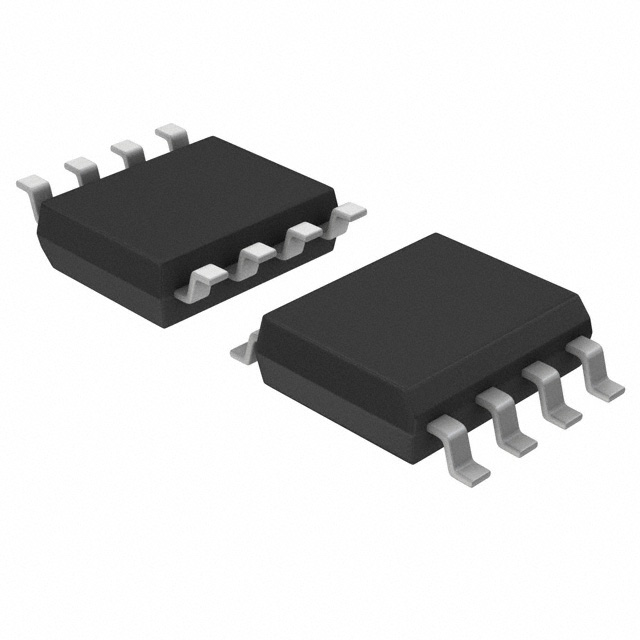ICS728: Features: • Ideal for set-top box applications using 13.5 MHz external pullable crystal to generate lock 27 MHz clock transport video clock• On-chip VCXO with guaranteed pull range of ±1...
floor Price/Ceiling Price
- Part Number:
- ICS728
- Supply Ability:
- 5000
Price Break
- Qty
- 1~5000
- Unit Price
- Negotiable
- Processing time
- 15 Days
SeekIC Buyer Protection PLUS - newly updated for 2013!
- Escrow Protection.
- Guaranteed refunds.
- Secure payments.
- Learn more >>
Month Sales
268 Transactions
Payment Methods
All payment methods are secure and covered by SeekIC Buyer Protection PLUS.

 ICS728 Data Sheet
ICS728 Data Sheet








